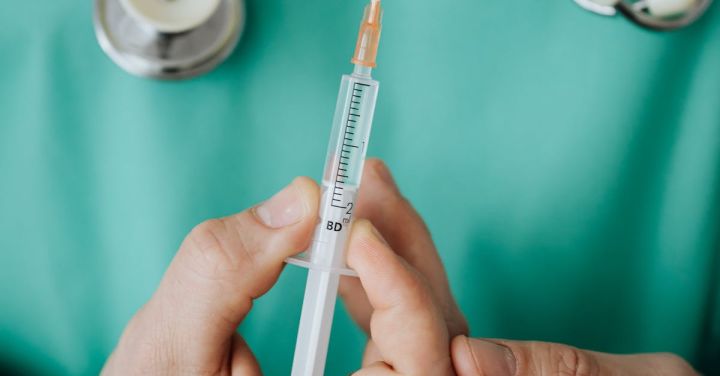Travelling by train is a popular mode of transportation, offering convenience and comfort to millions of people worldwide. However, just like any public space, train journeys can sometimes pose unexpected health emergencies. Being prepared and knowing how to address health emergencies on a train can make all the difference in ensuring the well-being of passengers. Here are some important steps to take in such situations.
Stay Calm and Assess the Situation
In any emergency situation, it is crucial to remain calm. Panicking can hinder clear thinking and effective decision-making. Take a moment to assess the situation and determine the severity of the emergency. Is it a minor injury or a potentially life-threatening situation? This initial assessment will help guide the necessary actions that need to be taken.
Alert the Train Staff
Once you have assessed the situation, immediately notify the train staff. They are trained to handle emergencies and will have access to necessary resources and protocols. In case of a medical emergency, the train staff can arrange for medical assistance at the next station or contact emergency services. It is essential to provide accurate and clear information to the staff, including the nature of the emergency and any specific medical conditions of the person in need.
Provide Basic First Aid
While waiting for professional medical help to arrive, providing basic first aid can significantly aid in stabilizing the situation. If you have first aid knowledge and skills, assess the injured person’s condition and provide appropriate care. This may include applying pressure to stop bleeding, immobilizing sprained limbs, or performing CPR if necessary. Remember to prioritize your safety as well; if you are not trained in first aid or feel uncomfortable providing assistance, wait for medical professionals to arrive.
Assist with Crowd Management
In case of a health emergency on a crowded train, it is important to assist with crowd management to ensure that the injured person receives prompt attention. Encourage other passengers to give space and not overcrowd the area, allowing the train staff and medical professionals to reach the affected individual. Clear communication and cooperation among passengers can help create a calm and organized environment during an emergency.
Maintain Hygiene and Prevent Infection
Health emergencies often involve open wounds or other situations where infection can pose a risk. It is crucial to maintain proper hygiene and take necessary precautions to prevent the spread of infection. If you are providing first aid, wash your hands thoroughly or use hand sanitizers before and after assisting the injured person. Encourage others to do the same and dispose of any potentially contaminated materials properly.
Support and Reassure the Affected Person
During a health emergency, the affected person may be scared or anxious. Providing support and reassurance can go a long way in soothing their distress. Offer comforting words, let them know help is on the way, and stay with them until medical professionals arrive. Your presence and empathy can help alleviate their anxiety and provide a sense of security.
Conclusion: Be Prepared for the Unexpected
While health emergencies on trains are relatively rare, being prepared for such situations can make a significant difference in the outcome. By staying calm, alerting the train staff, providing basic first aid, assisting with crowd management, maintaining hygiene, and offering support to the affected person, you can contribute to a more positive and effective response to health emergencies on a train. Remember, preparation and quick action can save lives, so it is essential to familiarize yourself with these steps and be ready to act in case of an emergency.





